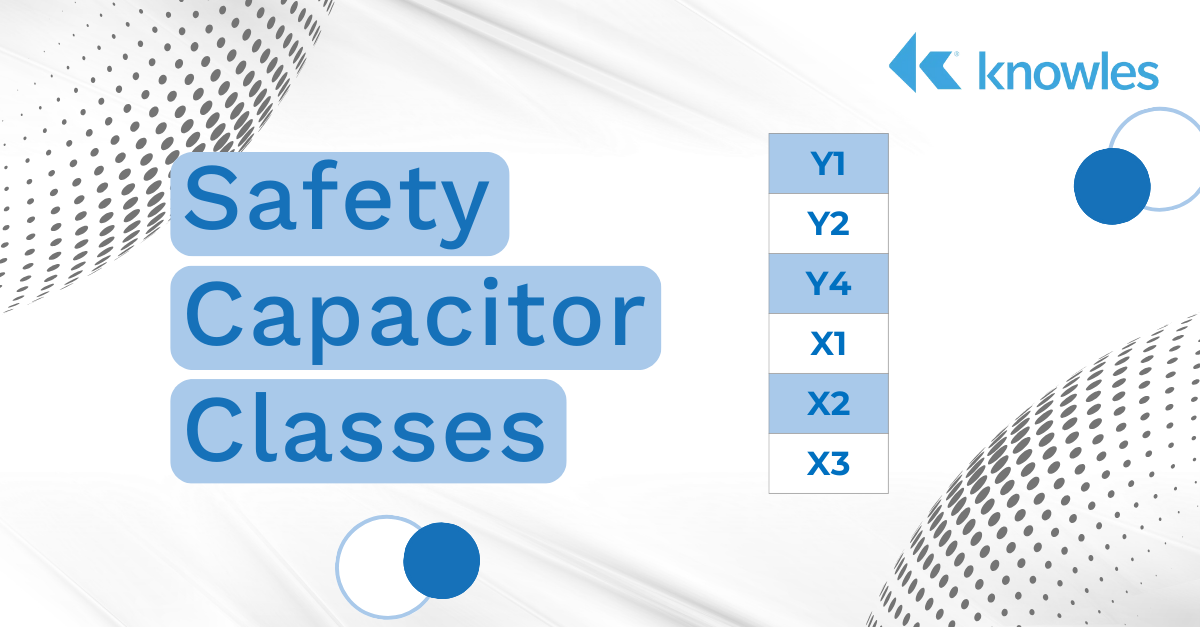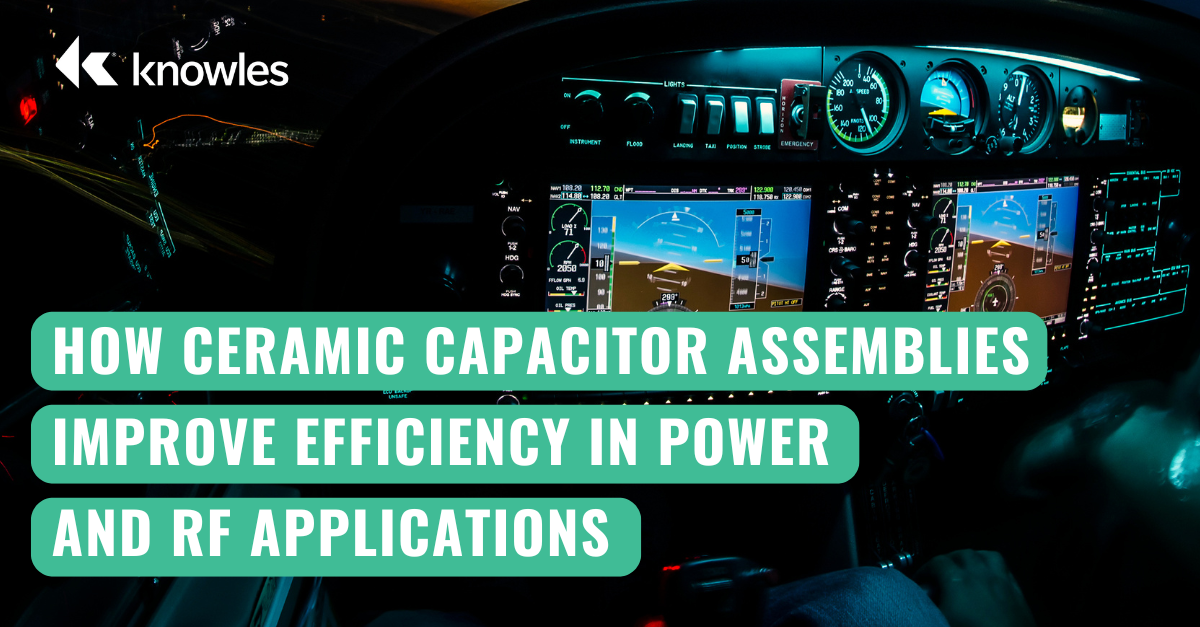Pharmaceutical manufacturing is becoming increasingly reliant on robotics and automation. From precise dispensing and high-speed sorting to kit assembly and sterile packaging, today’s automation tasks demand advanced motor and drive technology to keep pace with complex, high-reliability environments.
Evolving Motor Controller Design for Modern Robotics and Complex Automation Tasks
Topics: Capacitor
Supercapacitors For Fail-Safe Control in Industrial Systems
Unplanned power interruptions and shutdowns pose serious risks for industrial facilities. Even a few seconds of lost control can result in equipment damage, safety hazards, or production losses. Fail-safe systems are among the key risk mitigation techniques used in high-stakes industrial environments.
Topics: Capacitor
In our prior blog, What Are Safety Capacitors, we provided an overview safety capacitor functionality and how these passive components play a crucial role filtering EMI in a circuit. Now, we will dive deeper into the functions of safety capacitors and how to select the capacitor that will meet all your needs by exploring the different classes and subclasses for these components.
Topics: Capacitor
How Knowles Powers Precision Miniaturization in MedTech
With deep expertise in advanced miniaturization, Knowles delivers capabilities including micro electromagnetic sensor coiling, micro molding, micro stamping, precision machining, micro-electronics integration, and compact high-density assemblies. Our engineering and manufacturing teams collaborate early in the development cycle to ensure designs are optimized for performance, scalability, and cost-efficiency.
Topics: Medical
Comparing PME and BME MLCCs for High-Reliability Applications
Multilayer ceramic capacitors (MLCCs) are made up of two materials—ceramic dielectric material and metal electrode material. Layering metal electrodes and ceramic dielectrics (Figure 1.) achieves voltages that are capable of producing high electric fields that ultimately allow MLCCs to regulate current flow and prevent electromagnetic interference between components. There are two common electrodes used in MLCCs: precious metal electrodes (PMEs), containing palladium silver, and base metal electrodes (BMEs), containing nickel or copper. Each electrode type holds a spot in the capacitor world for a reason.
Topics: Capacitor
Safety capacitors are passive electronic components designed to mitigate the effects of transient voltages and interference in electrical circuits. Safety capacitors are designed to help safeguard users and equipment from electrical hazards, even in the event of failure. Since these components are commonly used in AC line filtering and power supply circuits where failure could lead to electric shock, fire, or equipment damage, safety capacitors are subject to stringent testing and certification requirements.
Topics: Capacitor
Understanding RF Inductors via Their Key Characteristics and Applications
Inductors are a fundamental component in electronic circuits, but not all inductors perform equally across different frequency ranges. At high frequencies, standard power inductors suffer from increased losses, reduced efficiency, and undesirable parasitic effects. RF inductors, specifically designed for radio frequency and microwave applications, address these challenges by minimizing resistive losses, optimizing self-resonant frequency, and maintaining signal integrity.
Here, we examine the distinguishing characteristics of RF inductors, highlighting how they differ from other inductor types and why they are essential in high-frequency applications.
How Ceramic Capacitor Assemblies Improve Efficiency in Power and RF Applications
By utilizing stacked configurations and advanced dielectric materials, capacitor assemblies optimize performance in power conversion and radio frequency (RF) signal management. These assemblies are designed to meet the demands of power electronics and radio frequency applications, where stability, efficiency, and compact design are important design considerations.
Topics: Capacitor
Knowles makes a wide range of capacitors. To really understand the breadth of our offerings, it helps to look at the scale of energy storage they offer. From tiny bypass capacitors in medical implants to massive energy-storage banks used in fusion experiments, our products span an incredible range.
How Pulse Forming Networks Shape High Energy Pulses
From high-power radar to advanced medical imaging, many cutting-edge technologies rely on precisely controlled high-energy pulses. However, generating a pulse that delivers consistent power without distortion isn’t as simple as discharging a capacitor. These systems rely on Pulse Forming Networks (PFNs) to shape and control high-energy pulses.
Topics: Medical

.png)
.png)

.png)

.png)


.png)
